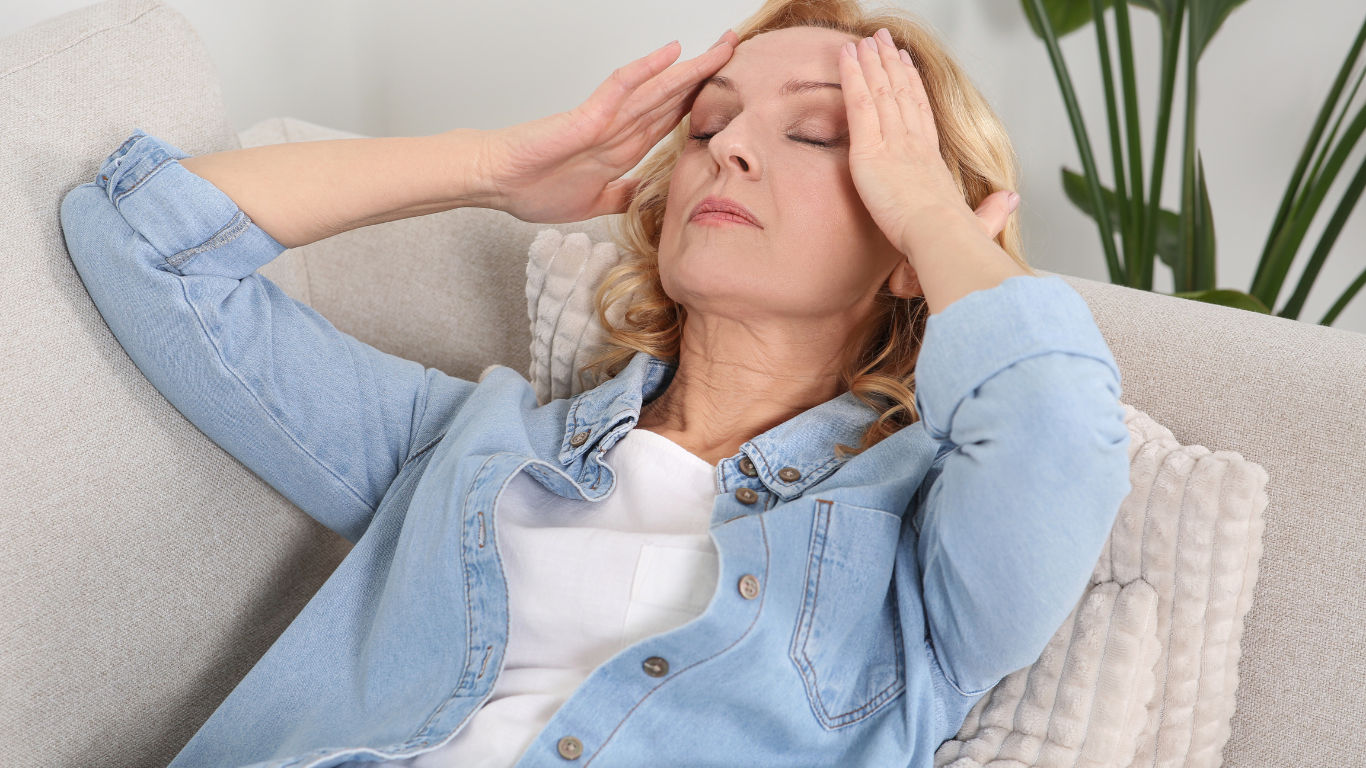How Bioidentical Hormone Therapy (BHRT) Supports Men’s Health After 40
After the age of 40, men naturally experience a decline in testosterone levels. While many maintain normal testosterone into their 50s, some begin experiencing low levels as early as their 40s. The symptoms include low sexual desire, diminished energy levels, and decreased muscle mass. This condition is often referred to as male menopause, or andropause, with more gradual effects than the abrupt female menopausal symptoms.
Unlike the sudden decline in estrogen and progesterone in females, men’s testosterone levels decrease gradually, at around 1% per year after turning 40. This gradual decline results in symptoms going unnoticed for years before seeking treatment.
The Role of Key Hormones in Men’s Health
Testosterone, the primary male sex hormone, is central to many aspects of men’s health. These include muscle mass, bone density, libido, and mood. Other hormones like insulin, cortisol, oestradiol, and thyroid hormones also play vital roles in men’s overall well-being. Testosterone also affects red cell production and distribution throughout the body.
Insulin regulates blood sugar levels and helps the body convert food into energy. Cortisol is the body’s stress hormone, regulates blood sugar, and controls brain function. Oestradiol plays a vital role in male reproductive health, which includes libido, erectile function, and sperm production. Thyroid hormones regulate metabolism, energy levels, weight, and hair growth.
What is Bioidentical Hormone Replacement Therapy for Men?
BHRT involves replacing deficient hormones with those that have an identical molecular composition to the hormones produced naturally in the male body. This treatment eases symptoms related to hormonal deficits, such as low testosterone. It improves energy levels, muscle mass, and sexual drive.
How Does BHRT Differ From Mainstream Hormone Treatments?
These two therapies differ mainly in the source and structure of the hormones used. Bioidentical hormone replacement uses hormones derived from plants such as soy and yams. These naturally occurring hormones are chemically identical to those produced in the human body. In contrast, traditional therapy often uses artificial hormones which are either animal-based or manufactured in a lab. These synthetic hormones contain slight differences in their chemical structure compared to human hormones.
Key Differences:
The primary differences are as follows:
· Hormone source. BHRT uses plant-based hormones to match human hormones. Traditional HRT uses synthetic hormones such as a pregnant mare’s urine.
· Hormone structure. The structure of bioidentical hormones matches that of the hormones naturally produced in the human body. Synthetic hormones comprise a slightly different structure, which is altered in a lab.
· Regulation. BHRT formulations are often tailored to suit the patient, which makes it difficult for FDA approval. However, many practitioners believe this customized method delivers better results with fewer side effects. The mass production of mainstream HRTs enables simpler regulatory procedures for standardized prescriptions.
FAQ Section
· What symptoms may indicate that I need BHRT?
Common symptoms include decreased energy levels, low libido, mood swings, and irritability. Weight gain, typically around the abdomen, reduced muscle mass, disturbed sleep patterns, and cognitive changes, such as brain fog, are also common symptoms.
· How soon will I notice the results of my treatment?
Many patients notice results within a few weeks of starting BHRT. Full benefits may take several months as the body adjusts, and we optimize your dosage. Everyone’s body reacts differently to the treatment, so the speed of results will vary. While BHRT can be highly effective, it’s imperative to have realistic expectations about the timeline of results.
· Is BHRT safe?
BHRT is considered safe when administered by a qualified professional. Many healthcare providers who use BHRT claim they are safer than synthetic treatments. It’s essential to discuss your medical history before starting treatment.
· Are there any side effects?
Potential side effects can include acne, changes in sleep patterns, and increased red blood cell count. These side effects are usually mild while your body adjusts to the therapy. We conduct regular check-ups and monitor your progress to avoid these risks where possible.
· How do you determine my treatment plan?
We assess your symptoms, medical history, and test results to create a personalized treatment plan tailored to your specific needs. This evaluation involves a thorough consultation, physical examination, and hormone assessment by either saliva, blood, or urine test.
· Is BHRT a lifelong commitment?
Some males may need ongoing treatment, while others may only need it for a short period. The duration depends on the patient’s requirements, their response to the therapy, and our ongoing evaluations.
· Can lifestyle changes assist the BHRT process?
A balanced diet, regular exercise, high-quality sleep, and managing stress all contribute to enhancing the effectiveness of BHRT and can improve overall health.
Why Trust The Studio Med Spa for BHRT for Men?
At The Studio Med Spa, we understand the health challenges men face as they age. We tailor our Bioidentical Hormone Treatment to your specific requirements. Guided by expert medical professionals and A-grade diagnostics, we evaluate and create a plan that supports long-term vitality and well-being. With a commitment to safety, we’re a trusted partner in restoring hormonal balance and reclaiming your health after the age of 40.




